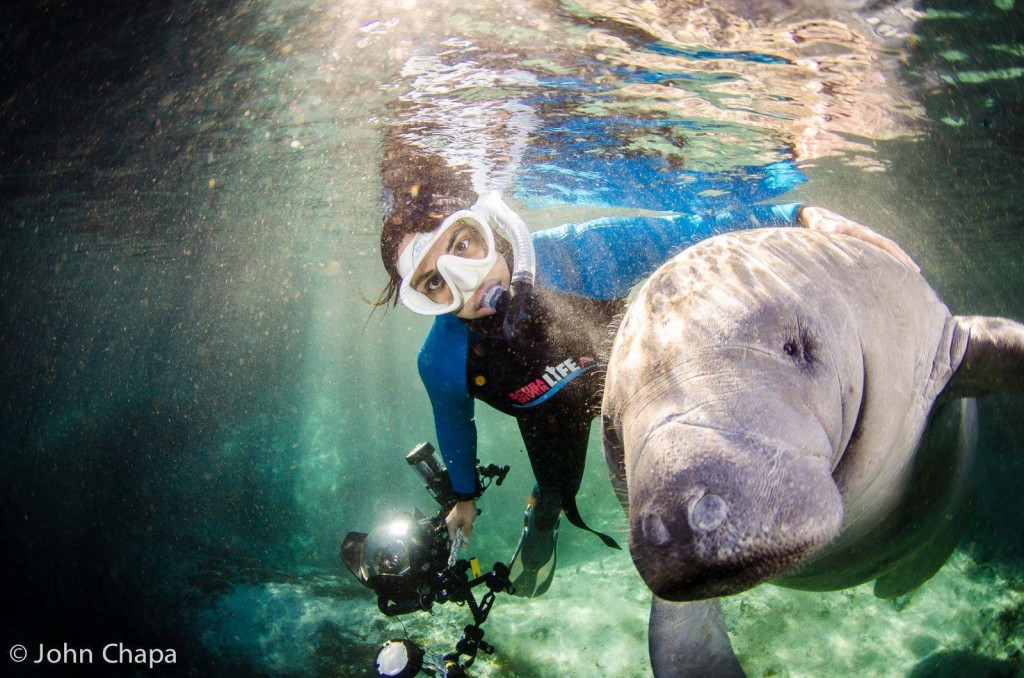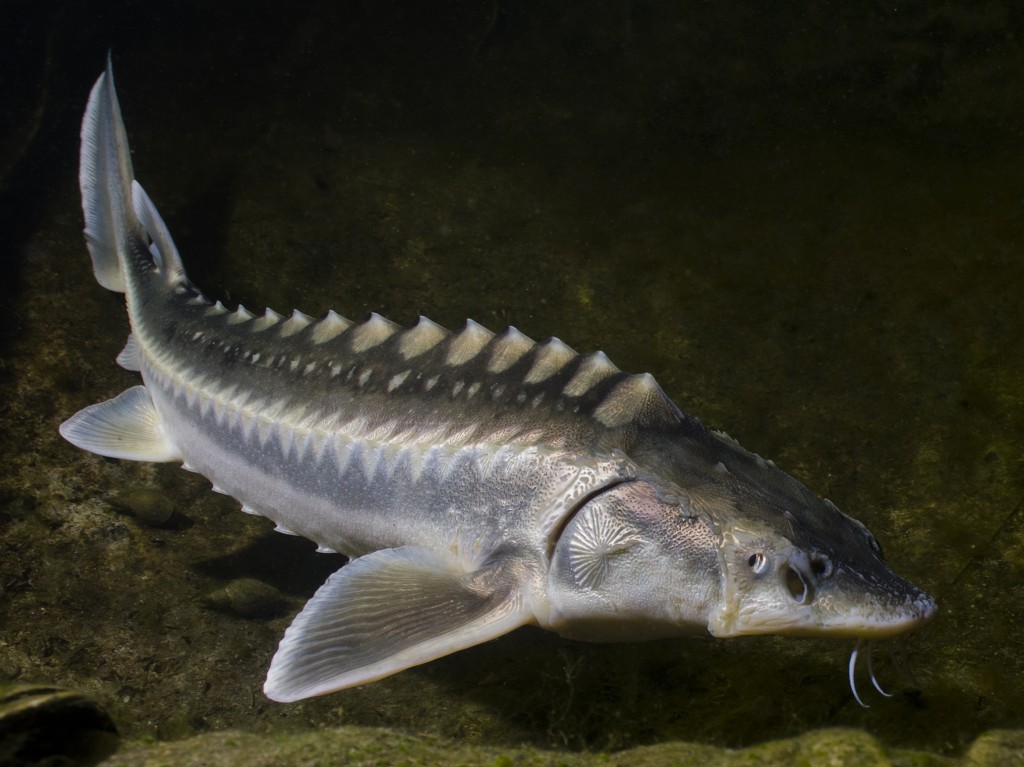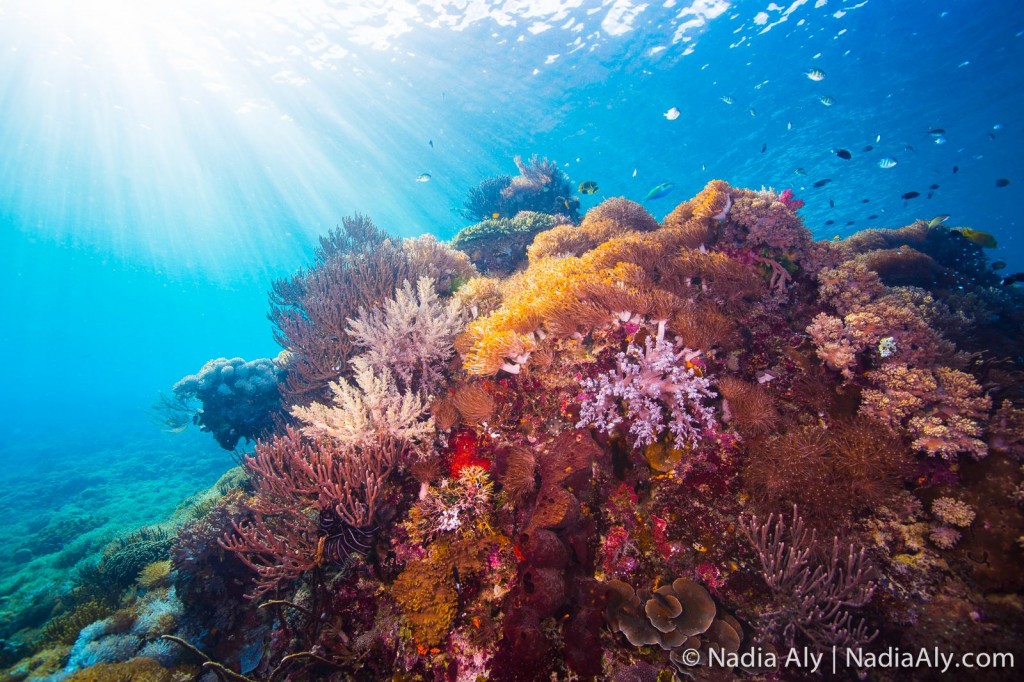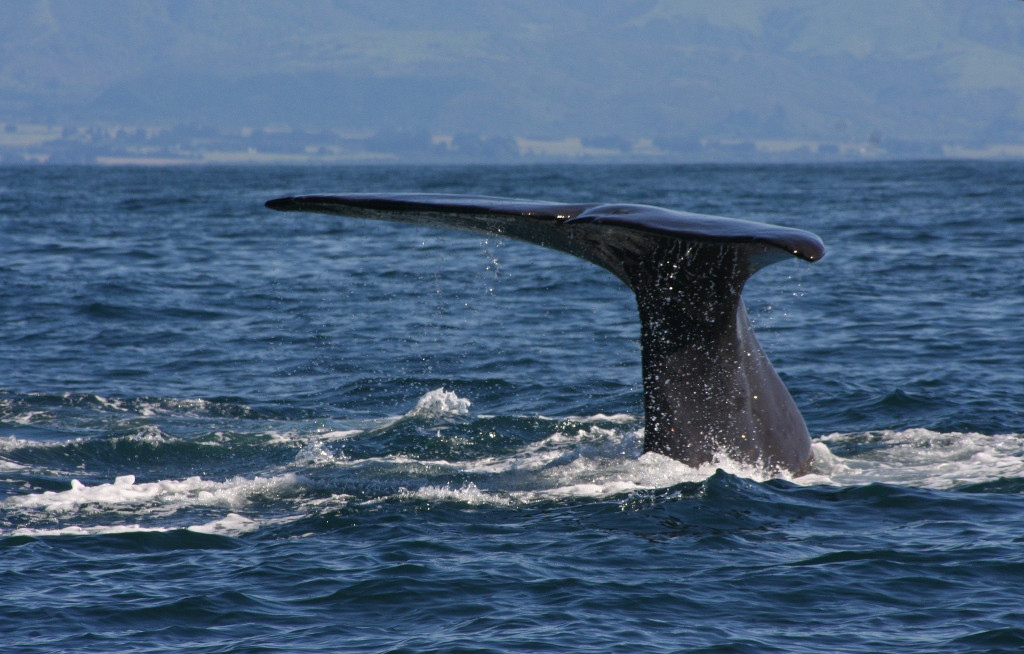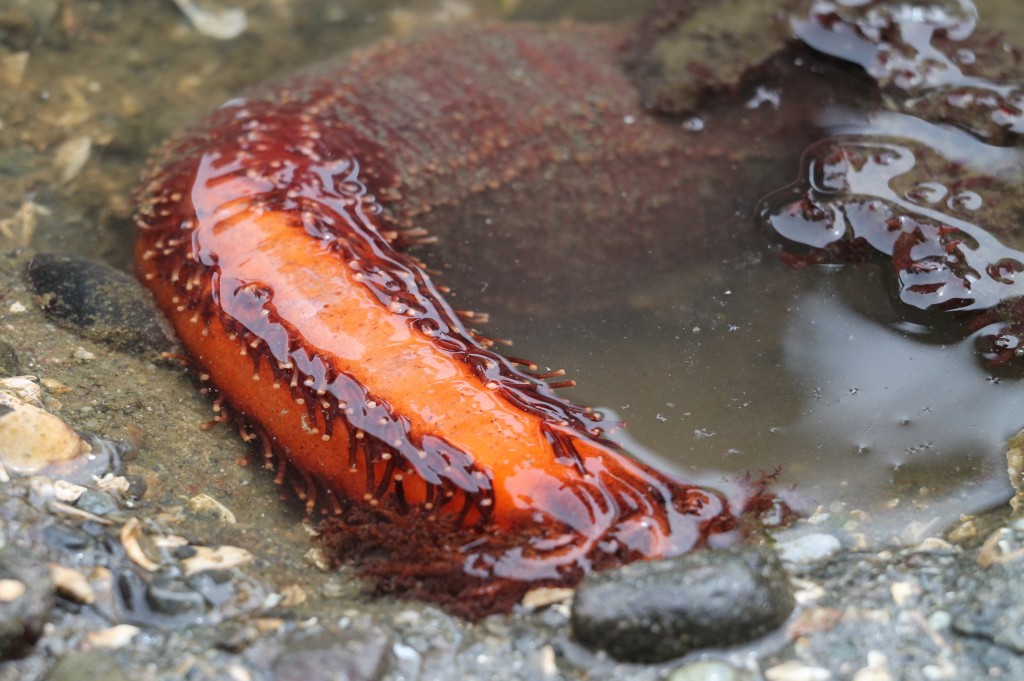Thousands of marine animals are threatened with extinction, but divers can help.
1. Hawksbill turtles (and sea turtles in general)

Sea turtles have been hunted for their meat and eggs for centuries. In fact, for many decades after sea turtles were discovered, no scientific studies were made, as all the scientific expeditions that were sent to capture the animals ate them before the ship reached its home port. All sea turtles are on the endangered list, but the hawksbill is perhaps the most well known. Main threats, apart from hunting and collection of eggs, include fishing trawlers, which ensnare the turtles as bycatch, and discarded plastic bags, which turtles often eat, mistaking them for jellyfish. What can you do? Support legislation for increased protection and more sustainable fishing methods and find out where your seafood comes from. Support a ban on plastic bags in relevant areas and stop using them yourself. Support the creation of marine parks, and of course, abstain from purchasing or consuming sea turtle flesh or eggs.
2. Hammerhead sharks
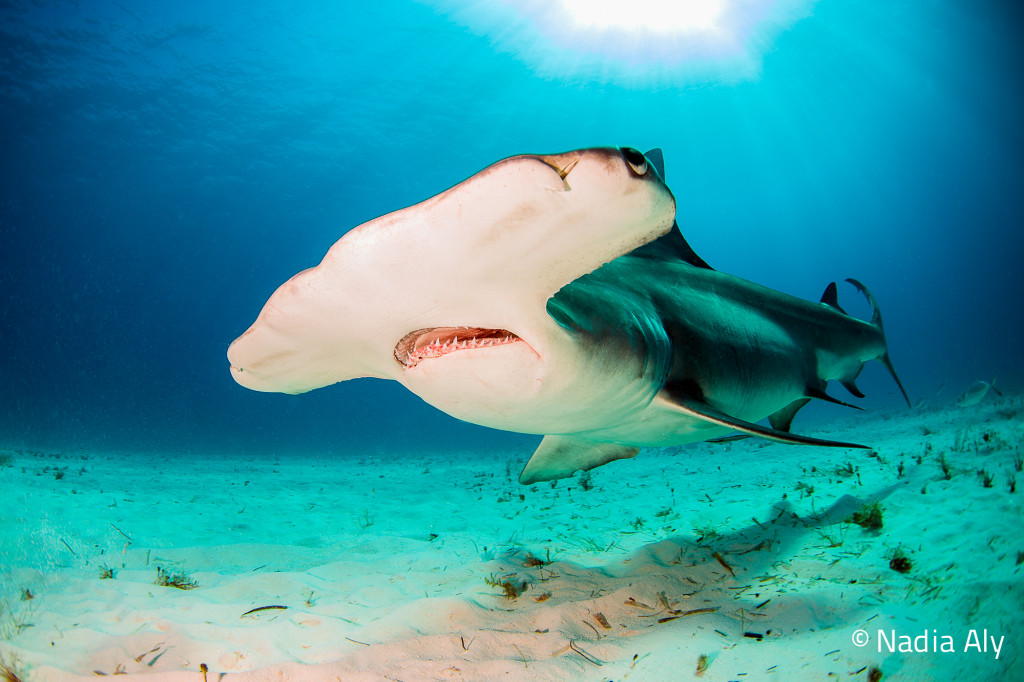
Hammerheads (and many other sharks) are fished primarily for their fins, which are traded mostly in Asia. After catching a shark, fishermen will cut off its fins and throw the still-live animal back into the ocean, where it will die due to blood loss or drowning, as it’s unable to move. What can you do? Support legislation against shark finning, as well as the sale and consumption of shark fins. Boycott restaurants serving shark fins, and let the proprietors know why you won’t be dining there, and support the creation of marine sanctuaries.
3. Vaquita
The vaquita, which means “little cow” in Spanish, is the smallest of the porpoises. They are indigenous to the waters of the Baja Peninsula, where they used to be caught quite frequently as bycatch of gillnet fishing operations in the area. This practice was banned in the 1970s, although trawling continues, but the population continues to decline — estimates place the numbers of remaining vaquita at fewer than 200. Habitat alteration due to the damming of the Colorado River in the U.S. is also thought to play a role in their decline. Without further study and decisive legislation to end harmful fishing practices, vaquita will be completely extinct in a few decades. What can you do? Support projects to increase knowledge about what is causing the decline in the population, and legislation to end trawling in the Gulf of California.
4. Florida manatee
The Florida manatee is the largest of its kind, and lives in Florida (no surprise there) and surrounding areas along the Atlantic Coast and the Gulf of Mexico. These freshwater animals live in rivers and estuaries, and are under threat from habitat loss, freshwater pollution, in particular by pesticides, and boat collisions. What can you do? Support legislation for habitat protection from both development and pollution, and restrictions on boating in areas that have manatees.
5. Hawaiian monk seals
With only around 1,100 animals left, the Hawaiian monk seal population has been in continual decline since the 1950s. Although sharks take some, many are killed when they become entangled in fishing nets and drown. They also face ongoing habitat loss due to human encroachment. What can you do? Support more sustainable fishing methods. Or better yet, stop eating fish altogether.
6. Beluga sturgeon
Indigenous to the Caspian Sea, only an estimated 1,100 beluga sturgeon survive in the wild. They are fished primarily for their roe, which are sold as beluga caviar, one of the most sought-after delicacies in the world. What can you do? Don’t eat caviar, for starters. If you must, there are a number of caviar alternatives, made of the eggs of fish other than the sturgeon, such lumpfish, capelin and salmon.
7. Bluefin tuna
Popular with high-end sushi consumers, bluefin are the largest tuna and can live up to 40 years. Their popularity has led to extensive overfishing, pushing the species to the brink of extinction. Tuna fishing is also often carried out in ways that cause a lot bycatch, killing sea turtles and dolphins in the process. What can you do? You probably can’t afford bluefin anyway, but even if you can, choose alternatives, ideally something other than tuna. If you must eat tuna, choose a species that has a bigger population, such as skipjack.
8. Coral reefs
It’s no secret that coral reefs are under threat worldwide. From fishing trawlers smashing up the coral to human development along coastlines and global warming, these structures, which have existed for thousands of years, are in imminent danger of collapse. This is a cause of great concern, as coral reefs are not only beautiful in and of themselves, but these vital ecosystems support numerous species of marine animals as well as many coastal economies. What can you do? Consider your carbon footprint. Be a responsible diver and don’t touch or break corals, and support the creation of marine parks where fishing and development is prohibited. Educate your non-diving friends and family about the importance of coral reefs — even choices made thousands of miles from the sea have an impact.
9. Blue whale
The largest mammal in the world is the blue whale, which can grow up to 100 feet long and weigh more than 200 tons. Although they’re found worldwide, excessive fishing has brought the species to its knees, with the population dropping to an estimated 3,000 to 5,000 animals. Conservation efforts have begun, but need continued support. What can you do? Continue to support efforts to prohibit and prevent whaling, in particular of the most vulnerable species, such as the blue whale.
10. Sea Cucumbers
Yes, the sea cucumber. Often found in warm waters, seemingly motionless on the seabed, this unsexy animal is under threat. Much like the rhino, sea cucumbers are used in traditional Chinese medicine, and as delicacies. This is rapidly reducing their numbers, which is a concern, as they are a key part of the oceans’ cleanup crews, feeding on algae that would otherwise threaten reefs. What can you do? Raise awareness. Many countries have outlawed sea cucumber harvesting, but there isn’t a lot of focus on the problem, meaning poachers often go unchallenged.


